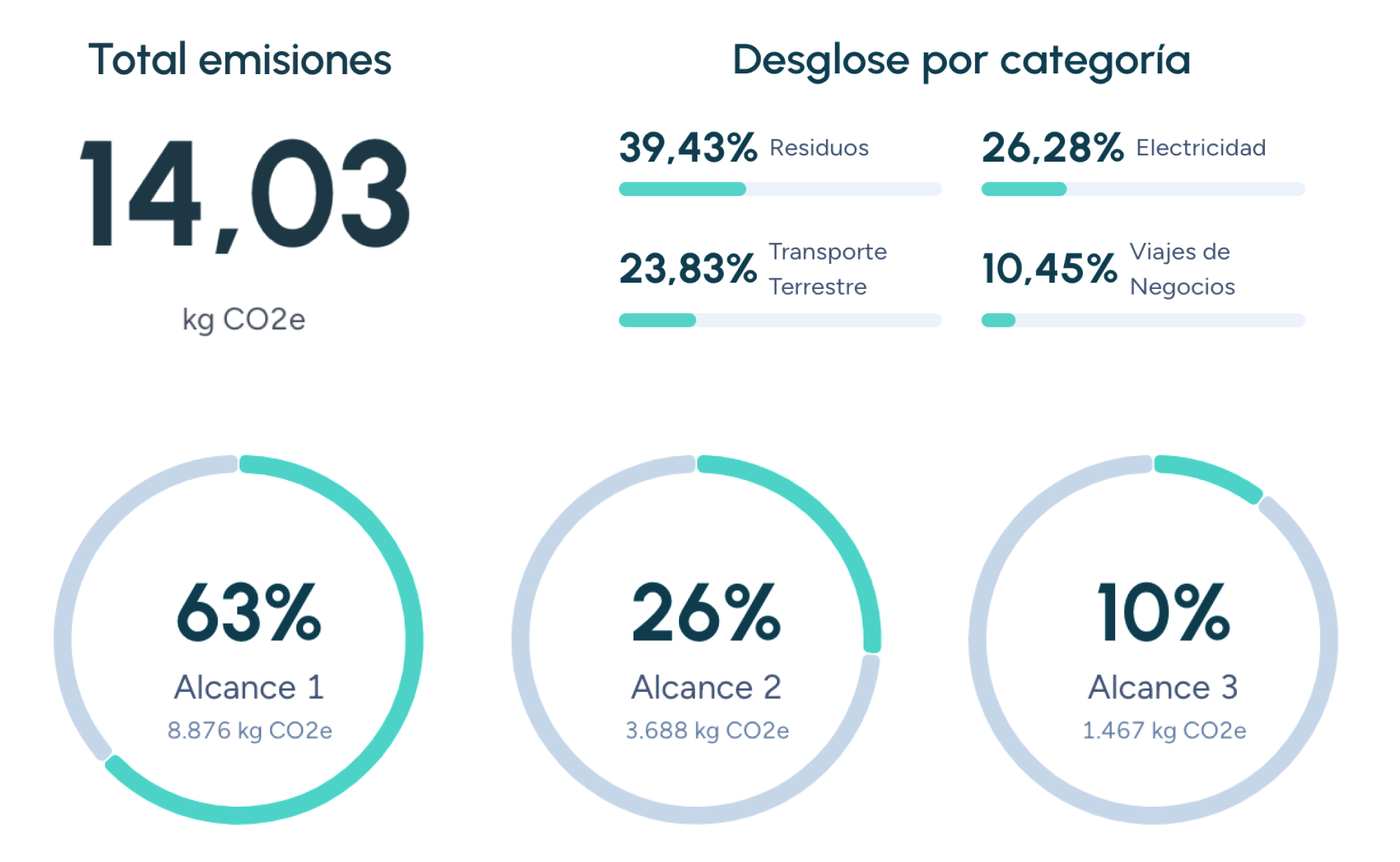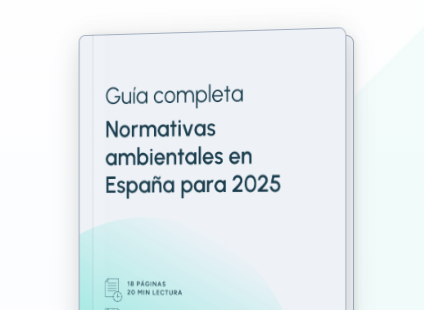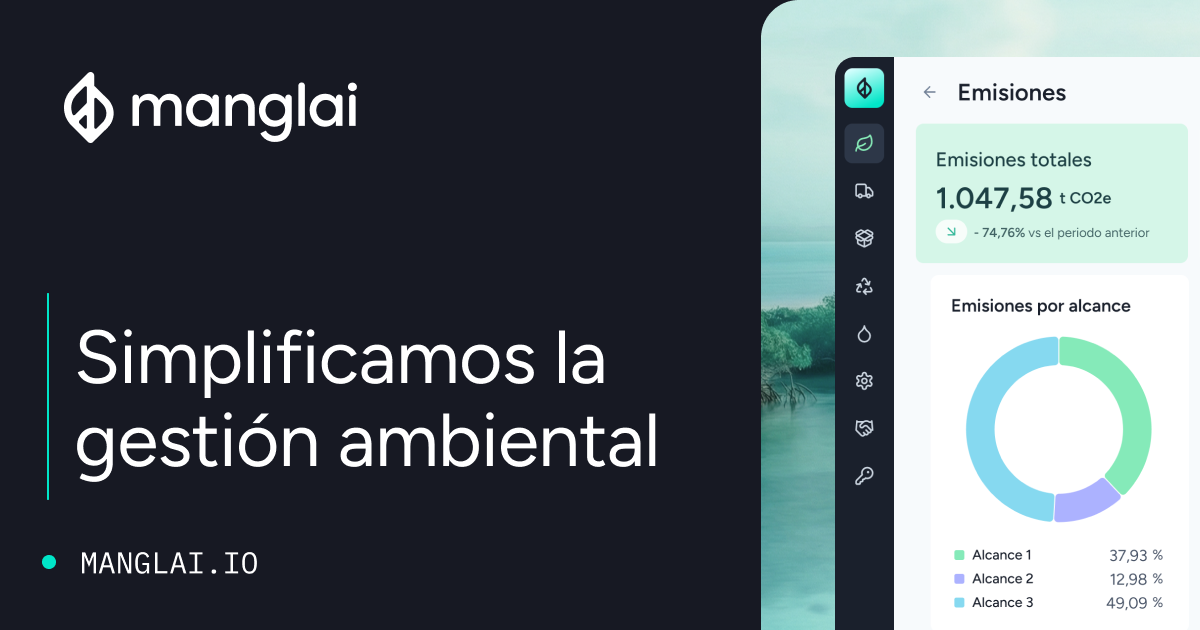G
Grey Water Footprint
The grey water footprint quantifies the volume of freshwater required to dilute pollutants generated by human activities so that water quality meets specific environmental or regulatory standards.
It represents the impact of water pollution and complements the blue and green footprints to provide an integrated view of water use.
Standard equation
Formula:
Grey footprint = (Pollutant load) / (Maximum allowable concentration − Natural concentration)
- Pollutant load (kg/year): Mass of the discharged substance.
- Maximum allowable concentration (C_max): Limit value defined by legislation (e.g., nitrates 50 mg/L in the EU).
- Natural concentration (C_nat): Level present in the water body before impact.
The result is expressed in cubic meters (m³) and assigned to the corresponding product or process (m³/kg, m³/t).
Main pollutants considered
- Nutrients: Nitrogen and phosphorus from fertilizers.
- Pesticides and herbicides used in agriculture.
- Organic pollutants: Biological oxygen demand (BOD) from industrial and urban effluents.
- Heavy metals and toxic compounds from mining and manufacturing.
Importance of the grey footprint
- Water quality: Highlights the pressure on rivers and aquifers to assimilate pollutants.
- Discharge planning: Helps set discharge limits and permits.
- Nutrient management: Key tool for preventing eutrophication in water bodies.
Reduction strategies
- Good agricultural practices: Precision fertilization, cover crops, and vegetative barriers.
- Treatment technologies: Advanced wastewater treatment (membrane bioreactors, constructed wetlands).
- Chemical substitution: Use of less toxic dyes and detergents.
- Circular economy: Reuse of treated wastewater for irrigation or industrial processes.
Relationship with regulations and standards
- EU Water Framework Directive: Establishes water quality objectives for water bodies.
- ISO 14046: Incorporates the water pollution dimension in water footprint assessment.
- Agenda 2030 – SDG 6.3: Improve water quality by reducing discharges.
Limitations and challenges
- Pollutant load data: Difficult to obtain exact measurements of diffuse pollution (e.g., from agriculture).
- Variable limit values: Regulatory differences between countries complicate comparisons.
- Natural concentrations: Often limited geospecific data availability.
Quantifying the grey water footprint makes it possible to highlight and manage water pollution, promote clean technologies, and ensure compliance with environmental standards, supporting ecosystem health and the availability of water resources for communities.
Companies that trust us

Agricultural Water Footprint
The agricultural water footprint is the total volume of freshwater (green, blue, and grey) consumed and polluted in the production of crops and livestock products.
Blue Water Footprint
The blue water footprint represents the volume of surface and groundwater withdrawn from rivers, lakes, reservoirs, and aquifers to produce goods and services.
Blue Water Scarcity
Blue water scarcity is an indicator that compares the consumption of surface and groundwater resources (blue water footprint) with the availability of renewable freshwater within a river basin over a specific period.
Guiding businesses towards net-zero emissions through AI-driven solutions.
© 2025 Manglai. All rights reserved
Política de Privacidad


